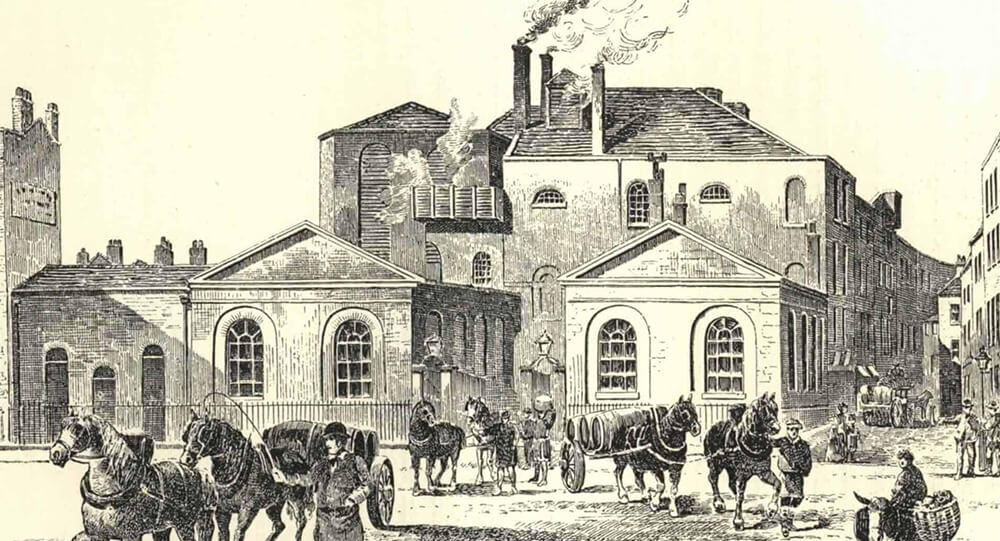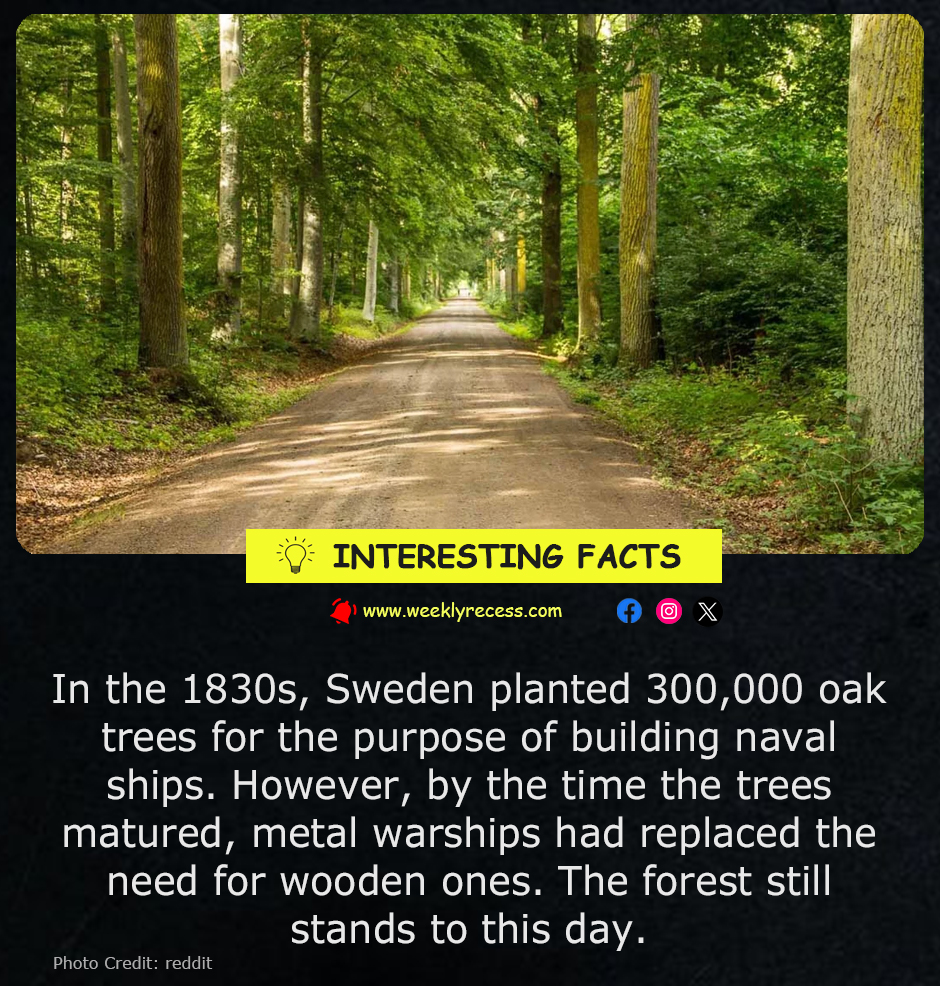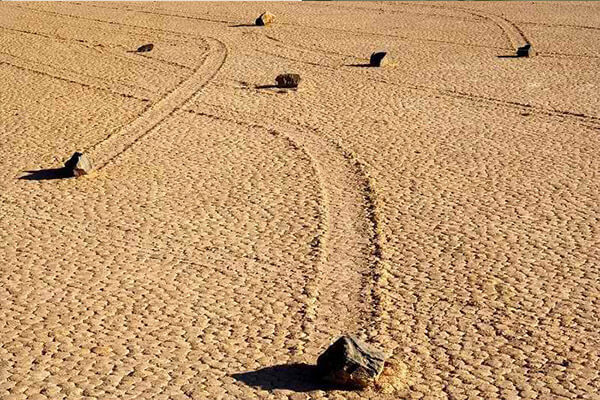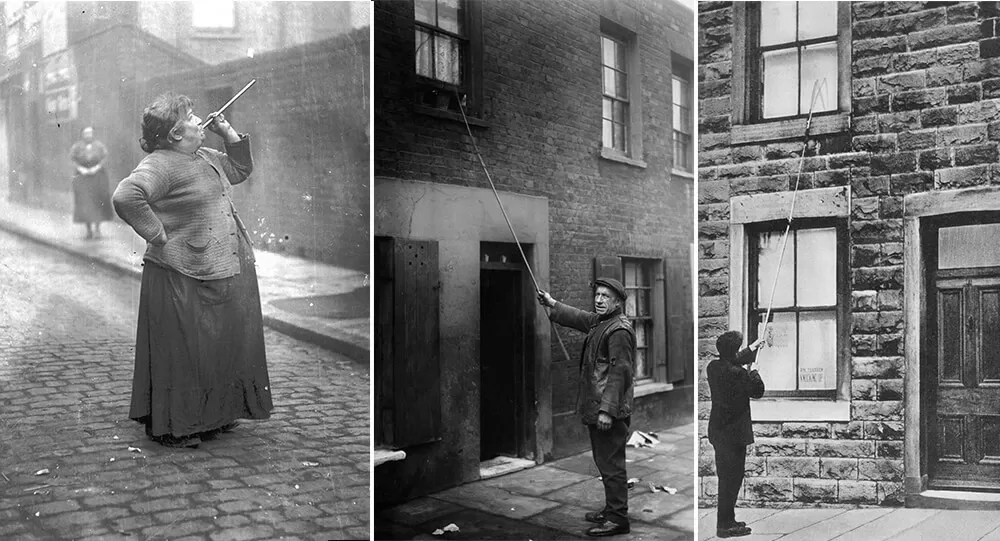Although beer is enjoyed all over the world, too much of a good thing can be harmful.
Consider the London Beer Flood, an industrial catastrophe in October 1814 that resulted from a massive porter vat at the Horse Shoe Brewery breaking, sending a 15-foot high tsunami of beer sweeping through the streets. Thankfully, there has never been another beer flood like it. This is what truly happened.
The presence of such a sizable single vat of beer can be attributed to the fact that London breweries were drawn to having large porter vats. According to author Ian S. Hornsey in his book A History of Beer and Brewing, “it is thought that one of the most spectacular sights, certainly at the major London porter breweries, was the sheer size of the storage vats, with much kudos being attached to the brewer in possession of the largest example.” Breweries in London began using vats with a capacity of 1,500 barrels each in 1763, and the size of the vats only increased until the beer flood.
The Horse Shoe Brewery’s broken beer vat wasn’t even the largest one there, as noted by beer historian Martyn Cornell. Although historians disagree about the exact volume the broken vat held (between 3,500 and 7,500 barrels), a modern author Cornell cites claims that the brewery’s largest vat held 18,000 barrels and was held together by eighty tons of iron.
The broken vat contained enough beer to cause mayhem, that much is certain. The brewery’s back wall collapsed, allowing the dark liquid to spill out onto New Street and the surrounding area.
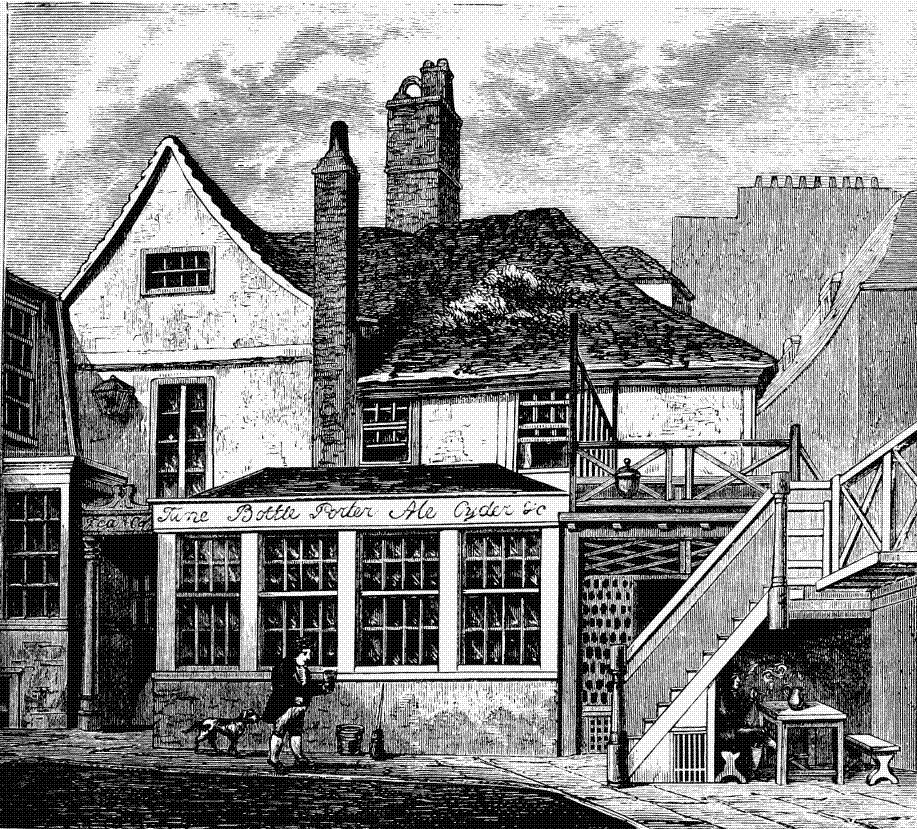
One anonymous American described the experience in a piece that appeared in The Knickerbocker some 20 years later. “All of a sudden, I found myself borne onward with great velocity by a torrent which burst upon me so suddenly as almost to deprive me of breath,” the author wrote. When the flood subsided, he was rescued while exploring the city; other residents weren’t as fortunate.
St. Giles Rookery, a poor neighborhood where many of the city’s most vulnerable people lived in crammed cellars below ground, was where the Horse Shoe Brewery was located. According to History.com, because it occurred on a Monday afternoon, men and boys of working age were away from the scene at their jobs, leaving only women and children as victims.
Some of the residents managed to stay alive by climbing up furniture. Others were less fortunate, according to Rory Tingle’s article in The Independent. Hannah Banfield, a young child, and her mother Mary were having tea at their New Street home when the downpour began. A child’s body was being surrounded by victims in a cellar when five of them perished. Both were swept away in the current and died. Sarah Bates, a three-year-old girl, was the final victim.
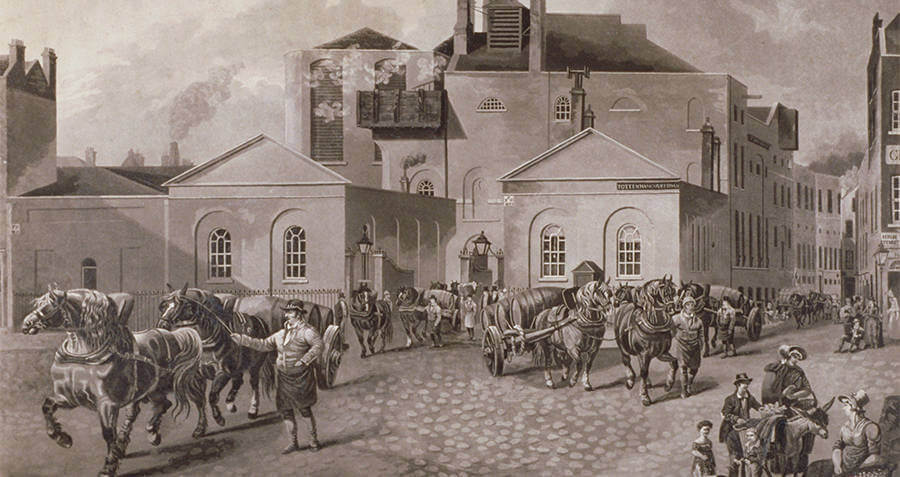
According to History.com, “Soaked in poverty, the St. Giles neighborhood was now saturated with beer.” In search of people trapped by the devastation, neighbors waded through beer and wreckage. According to newspaper accounts, everyone kept quiet in order to hear the cries of those who were trapped.
The CBC reports that “contemporary descriptions suggest that residents reacted with commendable calm.” Beer expert Martyn Cornell told Carol Off of the CBC that reports of eager beer drinkers swarming the scene were merely rumors. According to the historical newspaper reports, he claimed, nothing similar occurred. Newspapers at the time “wouldn’t have been friends of the immigrant Irish,” he claimed, so the fact that they don’t mention a mob descending on the beer flood suggests that it didn’t happen. St. Giles Rookery was crowded with Irish immigrants.
In fact, he said, “the accounts of what happened in the immediate aftermath of the disaster say that everyone was very calm and they were urged to be as quiet as they could so that any survivors could be heard under the rubble.” Later, he claimed, the rumors started.
After all the beer had been consumed, the brewery’s owner had no problems. According to History.com, it “received a waiver from the British Parliament for excise taxes it had already paid on the thousands of barrels of beer it lost”; this meant that it was exempt from paying taxes on future batches of beer that were the same size. According to Tingle, the beer flood was deemed a “unavoidable act of God” by the jury. The government or the company gave nothing to those whose homes were destroyed and who lost loved ones.
